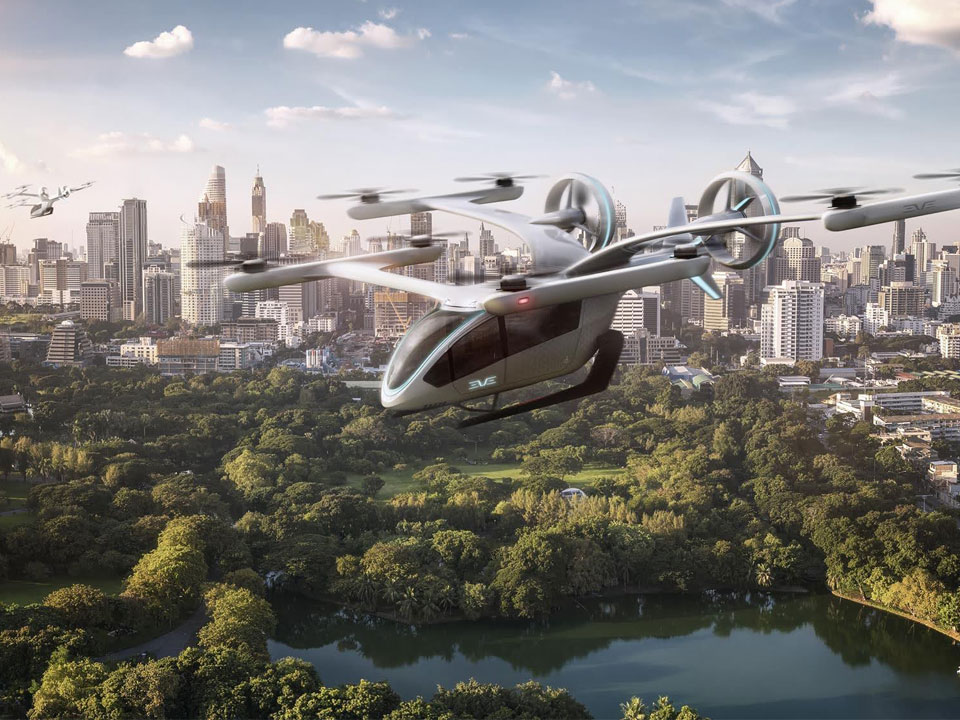Phenomena: Self Flying Taxis in Houston
This article from SmartCities Dive describes the pilotless air taxis coming to a greater Houston community as soon as 2030. Students can read or listen to the article and learn about the electric autonomous aircraft with vertical take off and answer: What?, When?, Where?, How? & Who Benefits? as well as discuss what their hopes for the electrified future of transportation in their communities.
Next Generation Science Standards
Next Generation Science Standards
- ESS3.C: Human Impacts on Earth Systems – Typically, as human populations and per-capita consumption of natural resources increase, so do the negative impacts on Earth unless the activities and technologies involved are engineered otherwise.
Lesson 1: Researching eVTOLs
Students in groups will conduct research comparing eVTOLs (Electric Vertical Takeoff and Landing Vehicle) and Boeing’s PAV (Passenger Air Vehicle) to other modes of transportation, such as helicopters, airplanes, cars, and flying cars. Students will analyze the benefits of adopting eVTOLs technology, as well as potential challenges or risks.
Lesson 2: eVTOL Legislative Presentation
Students will collaborate in groups to develop and present informed recommendations about the potential use of eVTOLs (Electric Vertical Takeoff and Landing Vehicles) to local government officials. Students will communicate the benefits of adopting eVTOLs technology, as well as potential challenges or risks. Their final presentations will reflect an evidence-based perspective to guide decision-making at the regional level.

